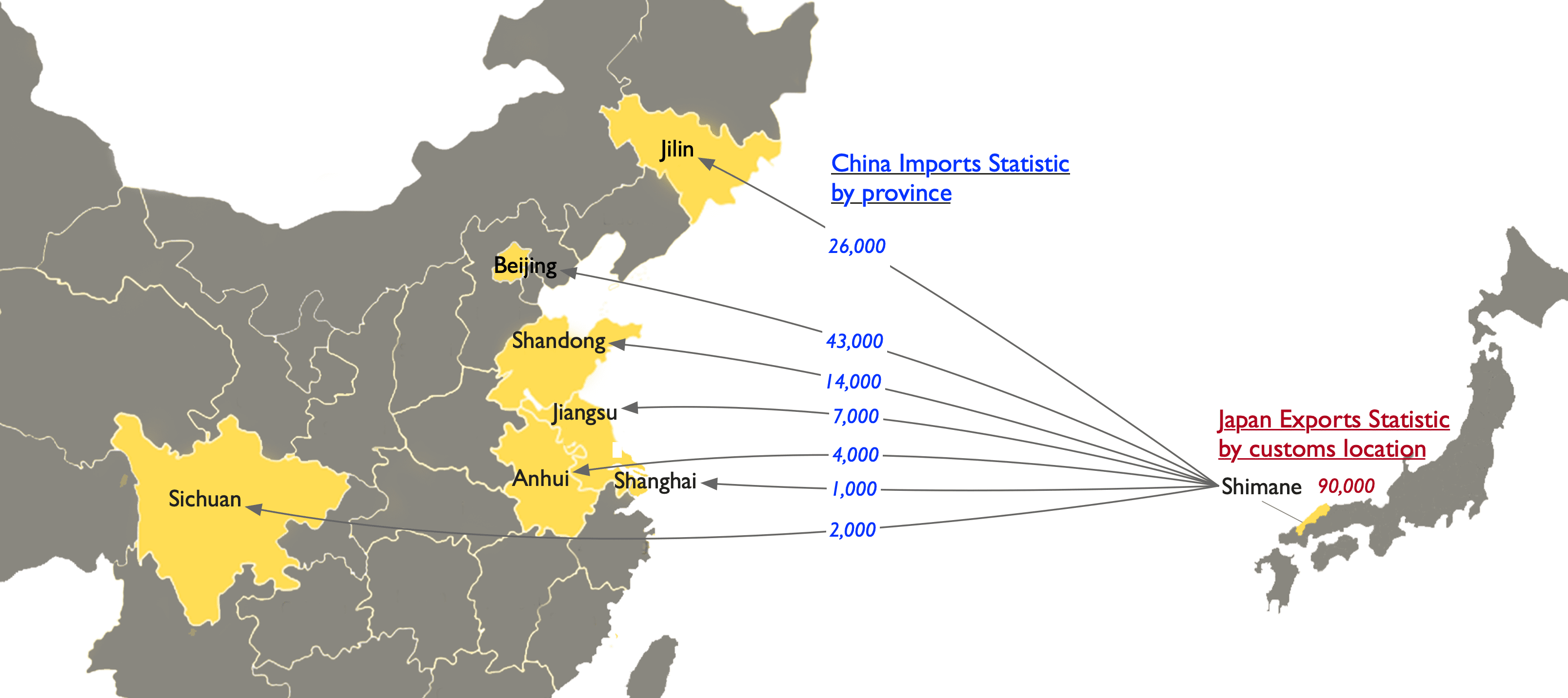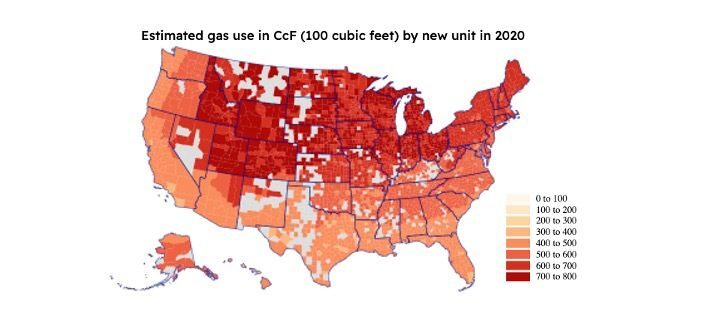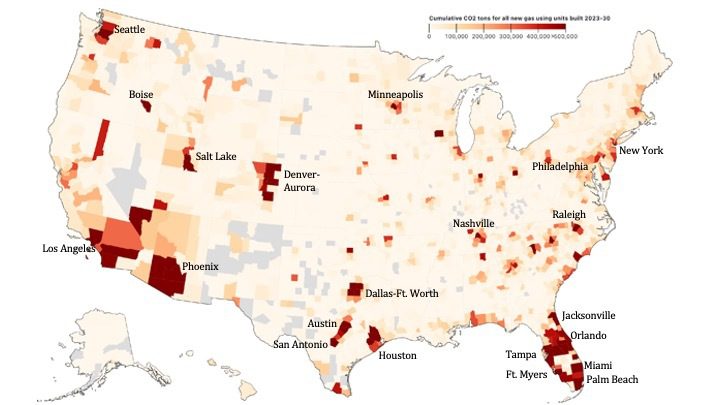Maya Menezes, a Senior Climate Finance Organizer with Stand.earth, traveled to Prince Rupert for the third Peace and Unity Summit to build relationships of trust strong enough to stand up and fight for this land and its people - together.
Setting the Scene
We are zigzagging through mountains and fields in northern so-called British Columbia. A soft brown-yellow haze reminding us that summer is no longer called summer in the northern interior – but wildfire season. As we approach Terrace, and then Smithers, on our way to Prince Rupert, large gashes appear on the mountainsides where old growth and primary forests once stood tall – now giant cutblocks burning in the heatwave.
Every now and then the breathtaking mountain and forest scenery is punctured by large pastel blue tubes sitting on top of or beside ancient salmon-rich rivers – the insidious markers of the Coastal Gaslink Pipeline (CGL). Pipeline compressor stations become more and more frequent as we cross into The Yintah – the name the Wet’suwet’en have for their territory.
We are heading to join the Peace and Unity Summit, where Indigenous nations across the land, allies from across the Canadian settler state and community members across the region and globally, will gather for the third year in a row to discuss how we build relationships of trust strong enough to stand up and fight for this land and its people – together.

In February 2020, the entire arteries of the Canadian state ground to a screeching halt as tens of thousands of people in every single major city, port, rail town and urban jungle took to the streets in solidarity with the Wet’suwet’en Nation. In what activists across the globe are still studying as one of the most effective and large-scale mass mobilization in our place-based history; ports, airports, highways, shipyards, railways and urban centers stood still as everyday people sent a message to the federal government: invade Indigenous nations for pipeline expansion and be met with resistance.
Two years after the country stood still, three members of the Wet’suwet’en nation gathered in a coffee shop to discuss the urgent need to continue bringing together allied nations across their region of the world; more pipelines are coming and stronger networks must be built. These pipelines are set to carry liquid natural gas (LNG) methane to port through some of the last fresh water reserves on the planet, through old growth and primary forests and without consent through dozens of sovereign nations’ territories’.
What started as a small under 100 person gathering has grown to a national summit calling land defenders from The Kingdom of Hawaii to Aoterra (so-called New Zealand), from the Salish Sea to Mi’kma’ki. Hundreds gathered in the community center of Prince Rupert to discuss how we build a movement ready to weather what’s coming.
Why kinship matters
The Climate Finance Team at Stand.earth is one of the founding members of the national Canadian Banks Network, a broad climate network of dozens of organizations strongly focused on fighting the big banks financing fossil fuel infrastructure. One of our core values has been to center, follow the leadership of, and uplift the Indigenous Nations on the forefront of this struggle.
For the past three years Wet’suwet’en and Gitxsan Hereditary Chiefs and leaders have marched with climate campaigners into the halls of power, through the annual general meetings of the Royal Bank of Canada (a key financier of multiple projects being forced through the Yintah without consent) and on the international stage as the battle against fossil fuels is taken to decision-makers doorsteps.
Through this relationship of trust and movement building, we have learned so much from the profound northern generosity of our Indigenous partners on the Yintah.

We understand that in order to fight oil and gas pipelines, and paramilitary violence exacted on communities and environmental destruction, we need to build relationships, personal trust and kinship that allow us all to take the risks necessary to win.
Impacts on the Land
Right now there are roughly “33 compressor stations each using enough power for 30,000 homes,” shared Shannon McPhail, Kispiox Valley resident, longtime ally of the Wet’suwet’en and Gitxsan nations and co-executive Director of Skeena Watershed Conservation. Coastal GasLink refers to human beings as ‘human receptors’ and has determined there’s not enough human receptors on the land to pose a risk. McPhail highlighted that the area CGL says is not populated enough to cause damage is populated by her children and every single person in person in her community.
“An [explosion] in the Kispiox valley would ignite a forest fire,” McPhail continued identifying the regular flares used at each compressor station. There are many instances on record where compressor stations have exploded in the area and in many locations they are used in. It is clear that, “…it’s not just the pipeline itself, it’s the whole process around it.”
United States Military Operatives’ Continued Presence
In addition to reports of the impacts of infrastructure on the land, a more insidious report back on militarization on the territory was presented. Kai Nagata, a resident of the Kispiox Valley, longtime ally of the Wet’suwet’en and Gitxsan Nations and Director of Communications for Dogwood gave a presentation on the worrying relationships between TC Energy and the United States Military. While it has been widely suspected that fossil fuel companies have been hiring ex-military operatives, homeland security experts, and insurgency specialists who cut their teeth in Iraq and Afghanistan, the last few years have offered damning evidence.
Nagata outlined that “…what we need to be asking ourselves is what veterans of the military, former white house staffers under Trump and Bush, former state department heads of security and BC NDP Staffers have to offer TC Energy…” where many are being hired. He continued “…we need to be asking ourselves what training, relationships and mindsets these people bring to TC Energy. They’re hiring former staffers whose job it is to get in the heads of communities and peoples they’re trying to break.” Nagata offered an urgent call to action, naming the ways that their energy giants will pick off our communities one by one like they’re going to war.

Where We Go From Here
As the finishing touches are put on the Coastal GasLink Pipeline, at least 9 other fossil fuel megaprojects are set for expansion across the region. The TC Energy-owned Prince Rupert Gaslink Transmission (PRGT) is already under construction and mass clearcutting has begun.
As the Peace and Unity Summit rounded out, hushed whispers went through the crowd as two undercover police officers were identified and asked to leave. This dehumanizing level of constant surveillance in the community centers, homes, children’s schools, private roadways and close door meetings is nothing new to our Indigenous hosts.
“Do not be afraid to say that this is your land,” Hereditary Chief Woos of the Wet’suwet’en proclaimed. “I am from this nation and this is my land.”
Shannon McPhail asked everyone who has worked on the campaigns that have fought for the land where we were all gathered in the moment to stand- over half the room rose.
“This region has a track record of whooping some ass, because of the people in this room. The people in this room have kicked out coal and fought for salmon on the banks of the Skeena. The people in this room are power – and we will do it again.”








